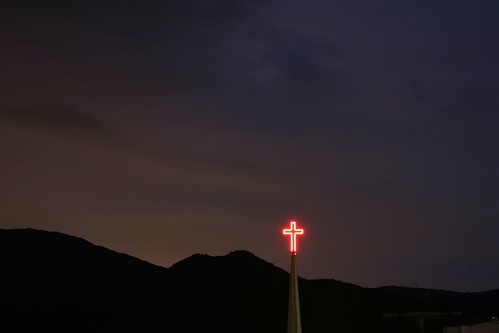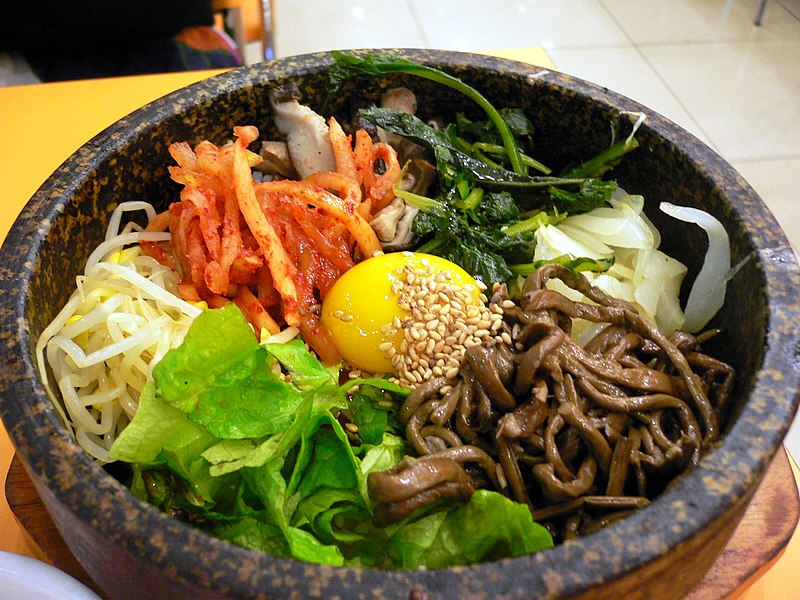http://freedokdo.blogspot.com/
Check it out.
Saturday 6 December 2008
Wednesday 22 October 2008
Road March

So today was a cold, windy rainiy day in Korea. What better weather to strap on all your battle rattle a 30lb rucksack and go for a big long hike up the mountain near our base. And that is exactly what we did. Our plan was to walk up a mountain to a heli-pad. And that's what we did. It was definatly a doosey, of of the four of us that started only 2 of us actually made it to the objective, but it was a good hike for everyone. Since the path was 90% up hill, through thick forest we kinda got a little lost, but luckily this yankee knows enough Korean to ask where a helipad is and understand the instructions. Also, the scenery was amazing. It was a little foggy going up, especially with the rain. So it's hard to apreciate the beauty of the fall colors with my pictures, but I'll go back up there someday when it's clear and get some more pics. Hope everyone is safe and dry back home.
Heres some pics:
http://s267.photobucket.com/albums/ii317/Anderson68W/?action=view¤t=dbb4859a.pbw
or try this link
http://w267.photobucket.com/pbwidget.swf?pbwurl=http://w267.photobucket.com/albums/ii317/Anderson68W/dbb4859a.pbw
Friday 22 August 2008
Engrish! Korea's Second Ranguage!

English is a relativly global language. It's used in buisness, diplomacy and all the culture the good ole US of A exports to the rest of the planet. In Korean public schools, the average student takes about 8 years of English. The emphasis on studying and being able to learn English is crucial to the academic development of any child. That being said, sometimes a few things slip through the cracks. So I'm presenting you all with a nice new slideshow highlighting some of my favorites. I hope you enjoy.
http://s267.photobucket.com/pbwidget.swf?pbwurl=http://w267.photobucket.com/albums/ii317/Anderson68W/cca25aaa.pbw
** I borrowed some from Engrish.com, a great website to sham out of work with . Also where I submit my Engrish photos.
Thursday 3 July 2008
Korean Martial Arts Adventure Episode 2: .검도 Kumdo, Korean for 'pasty white yankee gets hit alot with a bamboo sword'

Kumdo is the Korean version of Japanese Kendo (剣道), allthough some nationalists will contend that there are distinct differences in origin, most non-biased experts will tell you that the only real variations are on strategy. In Japanese Kendo the theory is to wait. . .patiently for the perfect strike and execute that strike flawlessley. In Korean Kumdo, the idea is to send as many cuts, thrusts, and chops in an overwhelming manner, screaming at the top of your lungs in a high pitched rebel yell until your enemy has been vanquished. Although, I have seen pratitioners on both sides use both methods.
Kumdo is a sport. You're given a set of armor and a Jukdo (죽도), which is just a bamoo sword. Your goal is to bonk your opponent on the head, wrists, torso or neck. And in turn , not let your opponent hit you. It's a fun, exhilerating and most definatly exhausting way to pass the time. And it definatly ties in with my HapKiDo training. I train Kumdo the same time, with the same instructor as I do HapKiDo. He also teachs us Iaido (more to come later). But training in sword arts is very new to me. I once dabled in Western Fencing when I was in 5th grade, but I didn't reallt care for it so much. Too much ritzy finesse, where Kumdo is raw agression WITH finesse. But kumdo training also offers so much more, the level of focus and attention to detail sometimes can be discouraging, but it makes me more aware of my environment both in and outside the dojang 도정 (martial arts school) and the thrill of bringing a bamboo sword onto anything is hard to liken to anything else, aswell as the terror of having it done to you for the first few times. But I will keep training, and try to be the best that I can in the short time I'm here. Until we meet again. Thanks for reading.
Religion in Korea, part two Christianity

So what can we say about Christianity in Korea. Well, aparently God is pretty big over here. With religion being a non-issue in Japanese culture, and Christianity so harshly repressed in China, it's hard to imagine that God would take off like the BEATLES arriving in America, when Christianity came to Korea. Those red neon crosses are quite literally everywhere, and at night in some places, it's like Las Vegas meets the vatican.
I'd say about 90 of my Korean friends are Christian, as per Wikipedia a little more than 40 percent of South Koreans profess religious affiliation, but of that 40, 30% call themselves Christian. This is a pretty high number if you consider the short period of time between now and when Korea became free of the Japanese occupation. Christian groups were at the forefront of the occupations resistance, and Christian efforts established alot of schools, universities and hospitals in Koreas days as a third world country, helping to bring South Korea into the modern era.
So Christianity in Korea also has ties to Korean nationalism, which is ironic, because tieing Christianity to Korea's national identity is like replace apple pie in in americana with sushi.
Korean Food 301: Bibimbap (비빔밥)

One of the staples of my diet here in Korea is an assorted mixture of rice and unknown Korean vegtables. It's called Bibimbap, and it is incredible. Eating bibimbap for the first time is a somewhat daunting task. If you look at the picture, you can clearly see that there are several, unidentifiable "vegtables" in that mixture. The reason they are unidentifiable is because of my good friend, the language barrier. An example of a typical lunch time conversation between myself and my KATUSA pal Ha:
Me: (picking up some strange dangly odd colored food particle) Ha, what's this?
Ha: Ummmm. . . Begtable! (continues eating)
And the meal procedes. But once we get through the "what is this" phase, and I just start eating without asking, bibimbap is a delightful entre, suitable for any meal. In Korea, they don't have the same concept of breakfast as in the US, any food can be a breakfast food, kimchi, rice, bibimbap. The same foods that are lunch and dinner can be breakfast.
But I like to view bibimbap as a Korean salad, a healthy alternative to the greasy lunch offered by any of the American Dining facilities nearby. And as it is so very much a part of my dietary habit, I will definatly make an effort to locate it when I return to the United States.
Tuesday 1 July 2008
Religion in Korea, part one Buddhism

봉은사, or if your a pale face like me Bongeunsa. It's one of numerous Buddhist temples in Korea, but Bongeunsa is unique in that 1.) It's in the middle of Seoul and 2.) about 20 mintes from where I live.
During the Joseon Dynasty, Buddhism in Korea was severely repressed. However, with the support of Queen Munjeong, who revived Buddhism in Korea for a short time in the mid-16th century - Bongeunsa became the main temple of the Korean Seon (Zen) sect of Buddhism in 1551. From 1552-1564 it was the center of the Buddhist National Exam. In other words, Bongeunsa is kind of a big deal and having it just around the corner is pretty sweet.
It also happens to be across the street from the COEX Mall, the largest shopping center in Seoul. Bongeunsa is completely surrounded by metropolis Seoul. The contrast is sharp between the bustling ulta-modern city and the quaint timeless calm of Bongeunsa, even if you arn't Buddhist it's classical far eastern architecture is downright incredible, with lots of wood carvings, statues and gardens. When the weather clears up I'm gonna go back and take some more pictures. Hopefully I'll have a slideshow for y'all. Until then take care.
Subscribe to:
Posts (Atom)
